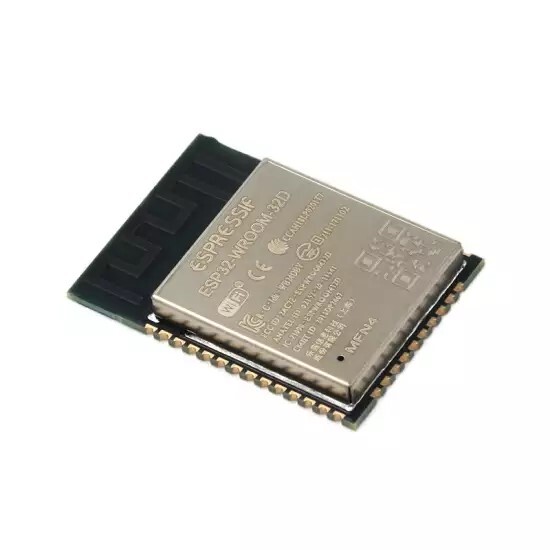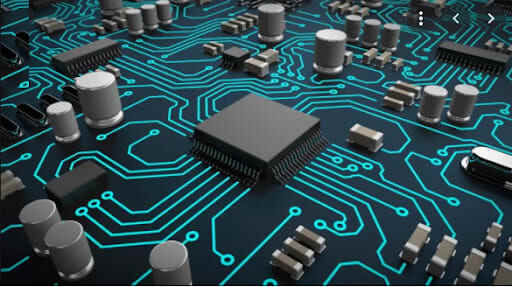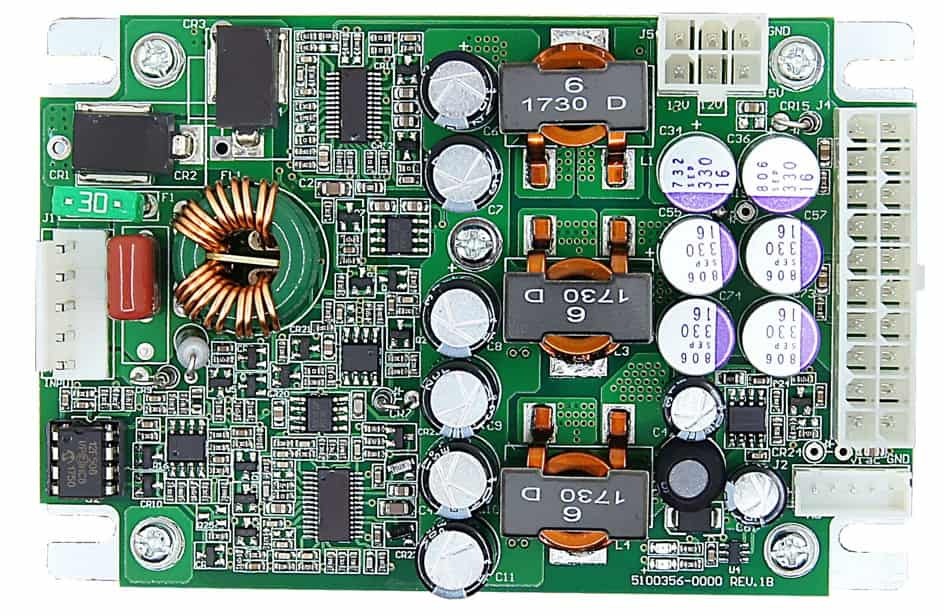
/
Esp32
At the heart of the ESP32-WROOM-32D-N4 module lies the ESP32-D0WD chip, which includes two independently controllable CPU cores. It integrates a 32 Mbit (4MB) SPI flash and a 40 MHz crystal oscillator to ensure stable and efficient performance. The chip’s clock frequency is adjustable between 80 MHz and 240 MHz, offering flexibility for various processing demands.

